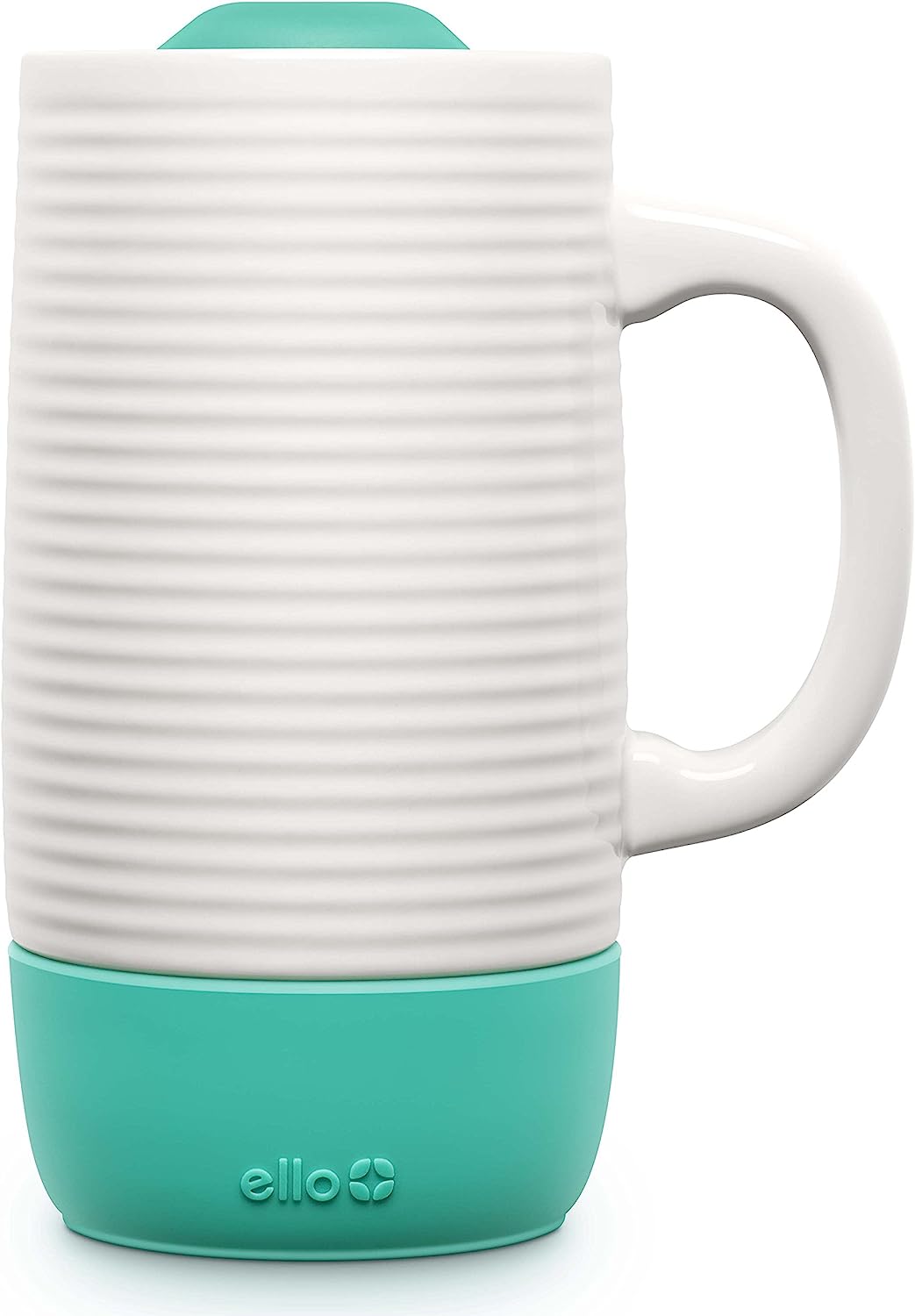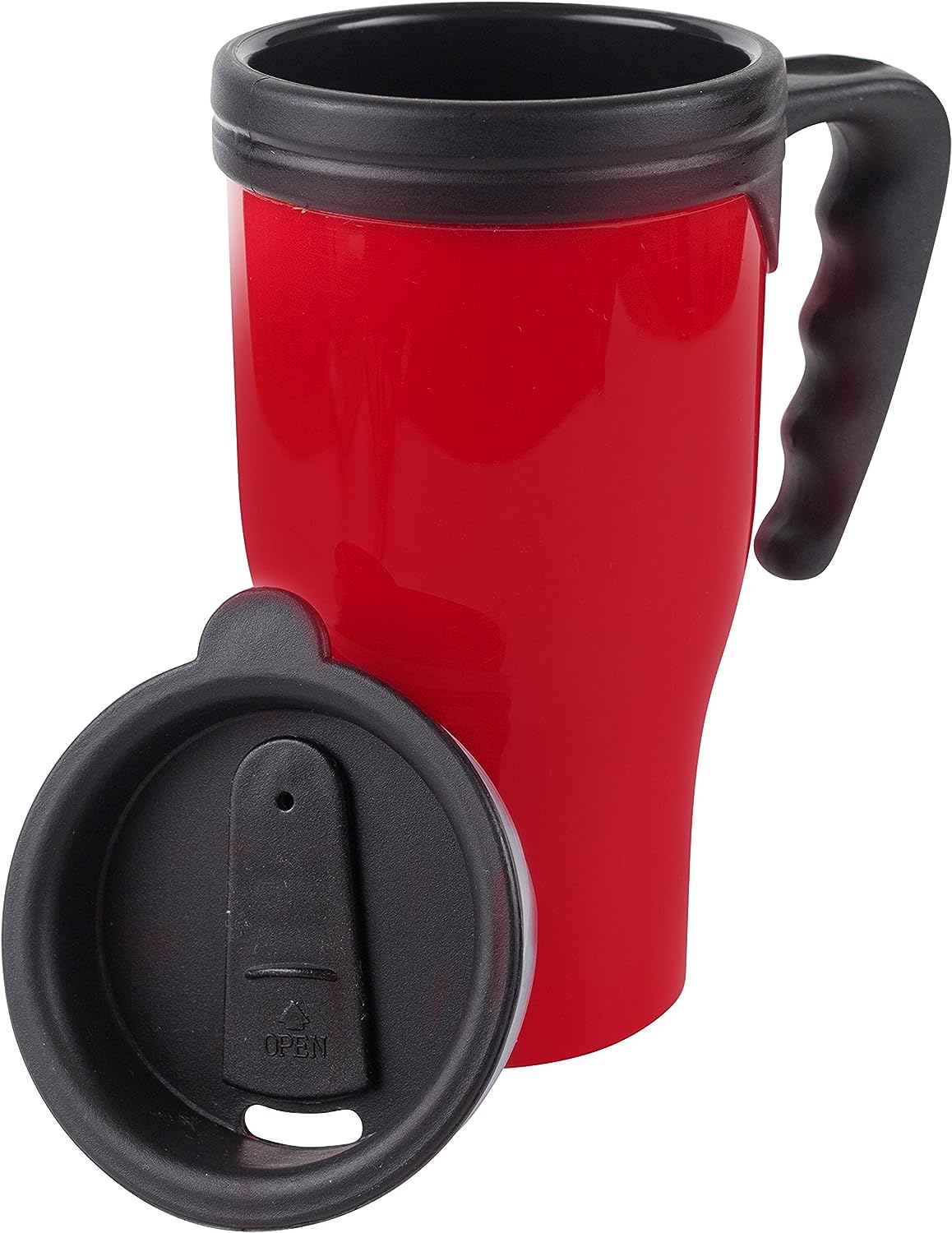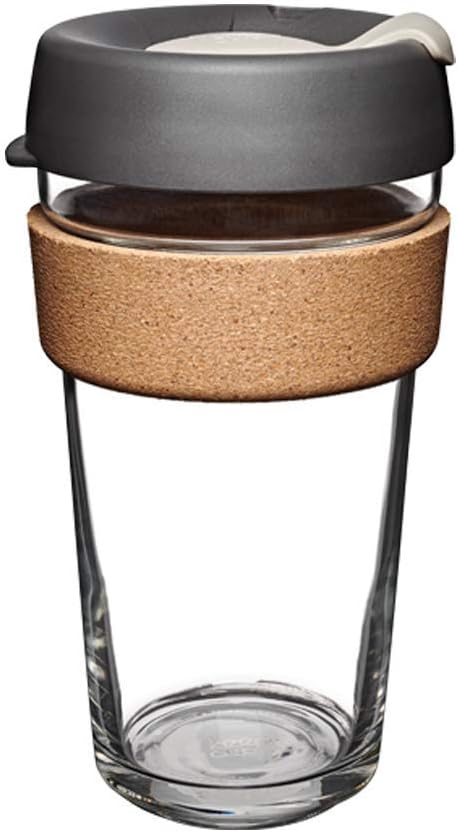Published: September 14, 2023
In the fast-paced world we live in, a good cup of coffee can make all the difference. Whether you're commuting to work, embarking on a road trip, or simply starting your day, a travel coffee mug is your trusty companion. But have you ever wondered how these mugs manage to keep your coffee hot (or cold) for hours on end?
Understanding these principles is crucial because travel coffee mugs use various materials and designs to manipulate these heat transfer processes to their advantage.
The outcome is remarkable heat retention, ensuring that your hot coffee remains piping hot, and your cold beverages stay refreshingly chilled for extended periods.
Double-wall construction is less expensive than vacuum insulation but still offers respectable temperature retention capabilities.

Stainless steel is a favorite material for travel coffee mugs due to its excellent insulation properties. Stainless steel mugs often feature double-wall construction and vacuum insulation, making them top contenders for keeping your coffee hot or your iced beverages cold. They also resist heat loss through radiation because of their reflective surfaces.

Ceramic mugs are known for their aesthetic appeal and are excellent at retaining heat to a certain extent. While they may not match the insulation properties of stainless steel, they can keep your coffee warm for a reasonable amount of time. They're also microwave-safe, allowing you to reheat your drink if needed.

Plastic travel coffee mugs are lightweight and budget-friendly but tend to have less impressive heat retention capabilities. They are ideal for those who prioritize portability over extended temperature retention.

Glass travel coffee mugs are less common but offer transparency, so you can see the contents. However, they don't excel in heat retention and are more prone to breaking than other materials.
The lid of a travel coffee mug often goes unnoticed, but it plays a crucial role in temperature retention. A well-designed lid with a secure seal minimizes heat loss due to convection and prevents spills, helping your coffee stay hotter for longer. Look for mugs with leak-proof and spill-proof lids for maximum temperature retention.
The science behind temperature retention in travel coffee mugs revolves around heat transfer, insulation methods, materials, and lid design. Stainless steel mugs with vacuum insulation tend to offer the best temperature retention, but other materials and designs have their merits as well. Ultimately, the ideal travel coffee mug for you depends on your preferences, lifestyle, and how you like your coffee or beverages served. Armed with this knowledge, you can make an informed choice and enjoy the perfect cup of coffee, no matter where you are.